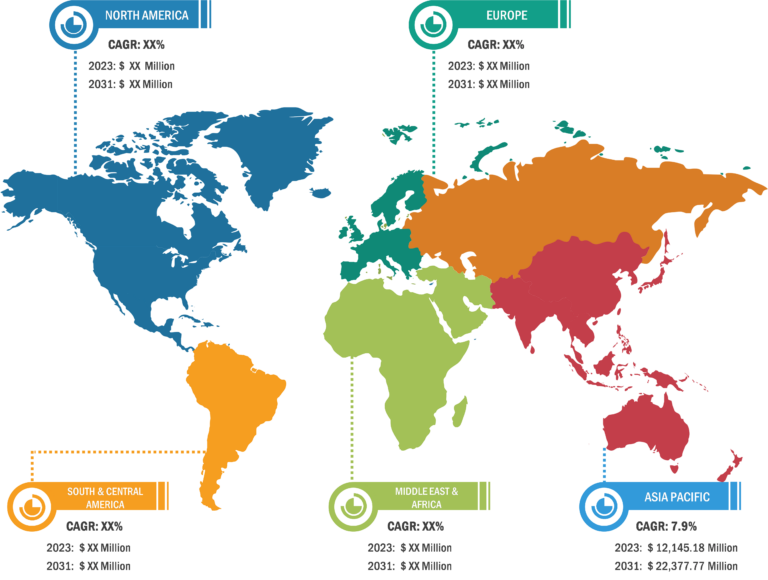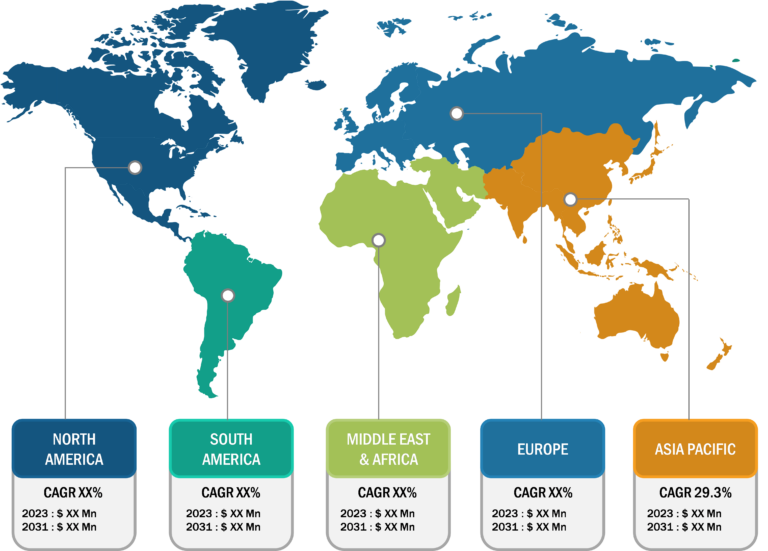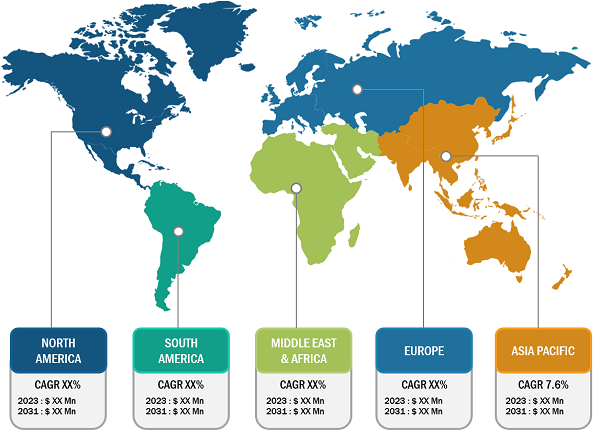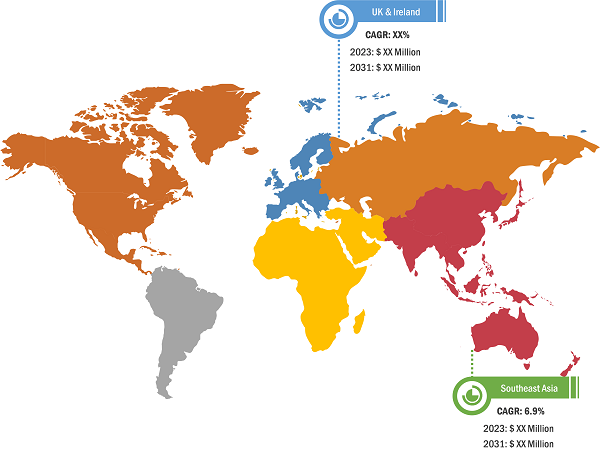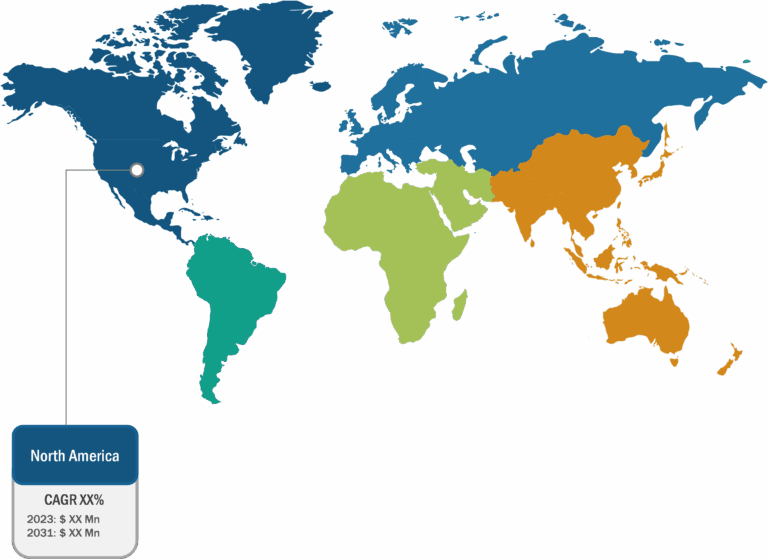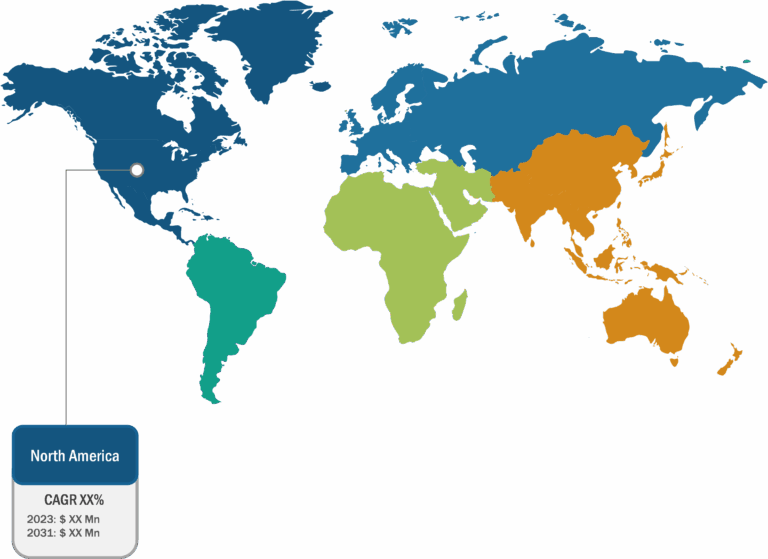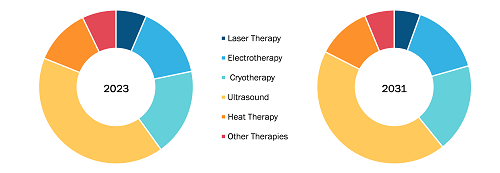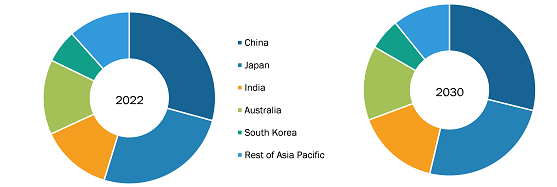
Radioactive Tracer Market
New Initiatives for Radioactive Tracer Market Growth During Forecast Period
The European Union Committee has taken various initiatives to boost R&D activities in radioactive tracer and radioisotopes. The DOE Isotope Program (DOE IP) and its former organizations have been leading the development and production of radioactive and stable isotopes worldwide. Under the Atomic Energy Act of 1954, the DOE IP supplies isotope and related services to the US and has the exclusive authority within DOE to produce isotopes for distribution and sale. The mission of the DOE IP is to conduct R&D in order to develop transformative isotope production, separation, and enrichment technologies to allow academic, federal, and industrial innovation, research, and emerging technologies.
The Isotope Production and Distribution Program (IPDP) was established within the DOE’s Office of Nuclear Energy to enhance the production and marketing of DOE-produced isotopes for research and commercial purposes. The IPDP was established on a condition that its operations were to be financially self-supporting.
PRISMAP is a European medical radionuclide program that was started to provide medical research access to novel radioisotopes of high purity grade. According to the data provided under this program, out of the ~3,000 different radioisotopes synthesized by scientists in laboratories under European Union, only a handful are used regularly for medical procedures, mostly for imaging. Many hospitals and research institutes focus on developing and using different radioactive tracer to diagnose chronic diseases. Massachusetts General Hospital (MGH) is focused on using a new PET tracer [18F]3F4AP to diagnose multiple sclerosis, Alzheimer’s disease, mild cognitive impairment, and traumatic brain injury. According to the National Library of Medicine (ClinicalTrials.gov), [18F]3F4AP is used in Phase 1 clinical trial to diagnose multiple sclerosis, Alzheimer’s disease, mild cognitive impairment, and traumatic brain injury. The ongoing research for discovering new radioactive tracer for diagnosing neurological disorders is anticipated to fuel the growth of the radioactive tracer market in the coming years.

Radioactive Tracer Market: Segmental Overview
The “Global Radioactive Tracer Market” is segmented into tracer type, test type, application, end user, and geography. Based on tracer type, the radioactive tracer market is segmented into Technetium-99m & Tc-97m, Iodine-131, Iron-59, Lutetium-171, Rubidium (Rb-82) Chloride & Ammonia (N-13), Scandium-46, Seaborgium-269, Hassium-269, Gallium Citrate Ga 67, Prostate-Specific Membrane Antigen (PSMA) (Ga-68), FDDNP (F-18) & FDOPA (F-18), Phosphorus-32 & Chromium-51, Thallium-201, F-18 FDG, F-18 FAPI, Ga-68 FAPI, F-18 PSMA, DOTATOC/DOTANOC/DOTATATE (Ga-68), and Others. Based on test type, the radioactive tracer market is divided into PET, SPECT, and others. The SPECT segment held the largest market share in 2022 and PET is anticipated to register the highest CAGR from 2022 to 2030. By application, the global radioactive tracer market is segregated into oncology, pulmonary, neurology, cardiology, and others. The oncology segment held the largest share of the market in 2022 and neurology segment is anticipated to register the highest CAGR in the market from 2022 to 2030. In terms of end user, the market is segregated into hospitals & clinics, diagnostic centers, academic & research institutes, and others. The hospitals & clinics segment held the largest share of the market in 2022 and academic & research institutes is anticipated to register the highest CAGR of 20.6% in the market from 2022 to 2030.
Radioactive Tracer Market: Competitive Landscape and Key Developments
Rotem Industries Ltd, Abx Advanced Biochemical Compounds Gmbh, Invicro Llc, Cardinal Health Inc, Newcastle University, Novartis Ag, Curium, Blue Earth Diagnostics Limited, General Electric Co, and Iba Radiopharma Solutions are among the leading companies operating in the radioactive tracer market. These players focus on expanding and diversifying their market presence and acquiring a novel customer base, thereby tapping prevailing business opportunities in the radioactive tracer market.
Many market players are launching their innovative products in the radioactive tracer market with advanced features.
In November 2022, Curium resumed the supply molybdenum-99 (Mo-99) and technetium-99m (Tc-99m ) generators to its customers. Mo-99 is critically important for nearly 40 million patients a year who undergo Tc-99m-based SPECT scans to diagnose life-threatening diseases.
In March 2022, the FDA approved Novartis Pluvicto as first targeted radioligand therapy for treating progressive, PSMA positive metastatic castration-resistant prostate cancer. FDA also approved a complementary diagnostic imaging agent, Locametz, after radiolabeling with gallium-68 to identify PSMA-positive lesions. The approval of Pluvicto is an important clinical advancement for people with progressing mCRPC, as it can significantly improve survival rates for those with limited treatment options.
In January 2022, IBA launched compact low-energy cyclotron, Cyclone KEY. The new machine will enable small- and medium-sized hospitals to produce their radiopharmaceutical products in-house, as well as provide more widespread global access to diagnostic solutions in oncology, neurology, and cardiology. The Cyclone® KEY is more compact, user-friendly, cost-effective, and easier to fit into existing hospital systems

